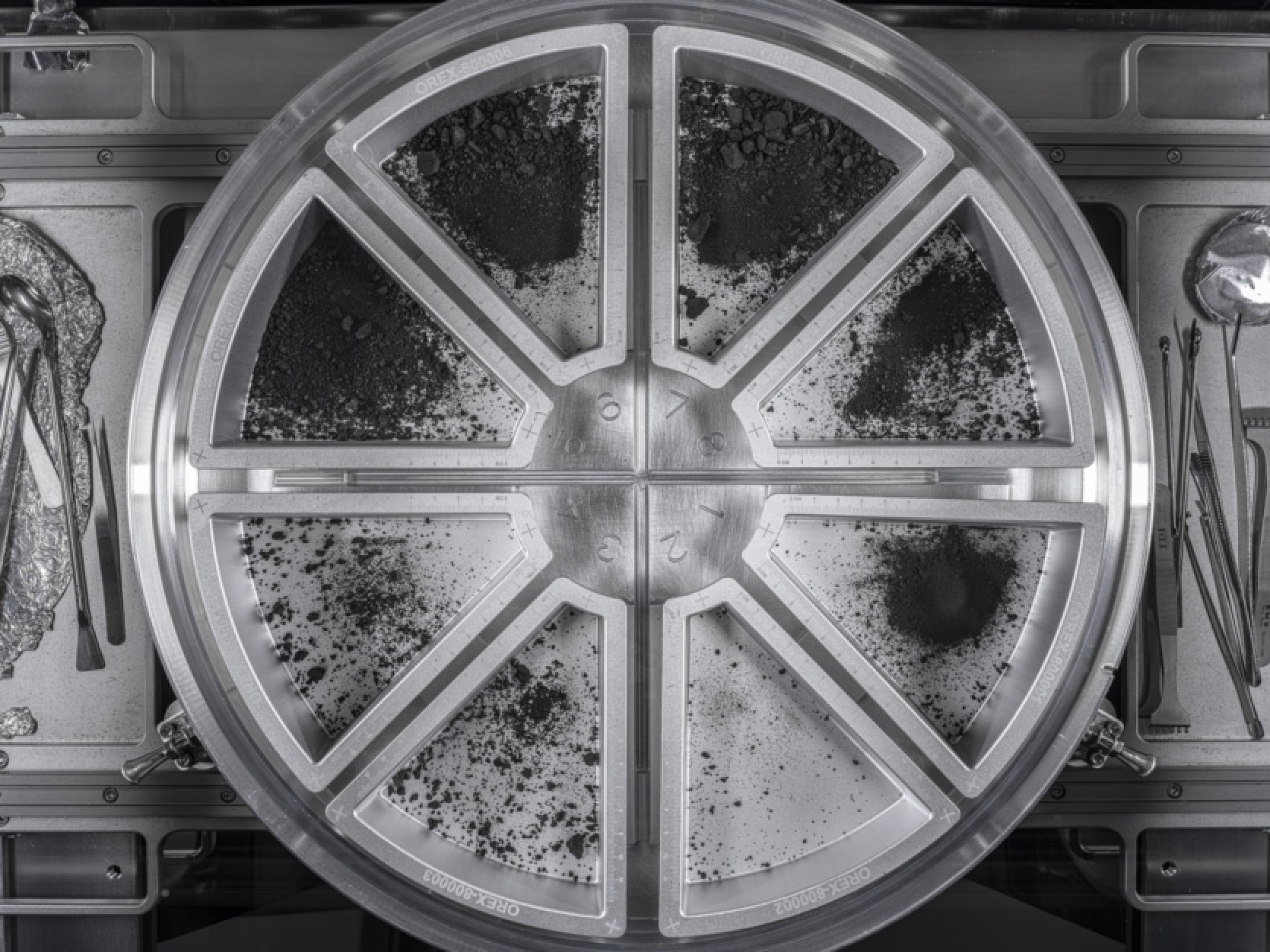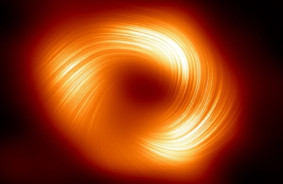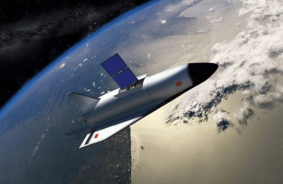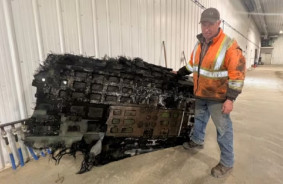NASA has revealed the total mass of samples from the asteroid Bennu that were brought to Earth last fall. So, the weight of the "loot" amounts to 121.6 g.
At first glance, the sample may seem quite small. Especially considering the huge efforts that NASA and its partners put in to obtain it. The Goddard Space Flight Center of the space agency worked with the University of Arizona and Lockheed Martin to create the spacecraft OSIRIS-REx for $800 million. It was launched in September 2016 on an Atlas V rocket, which cost an additional $183.5 million. And since it traveled through the inner part of the Solar System and back, NASA spent an additional $200 million on mission operations. So, NASA invested $1.2 billion and spent almost a decade to get fragments of asteroid dust that could fit in a tin can.
But good things come in small packages. And while this sample is small, it is 20 times more than the amount of asteroid material previously delivered to Earth by two Japanese sample return missions. These small fragments are of great value, as scientists will study the materials in this asteroid dust, hoping to find information about the origin of life and the conditions that existed at the dawn of our Solar System.
Furthermore, the obtained sample doubles the minimum requirement for the mission — 60 g. So, OSIRIS-REx can now be definitively called an unquestionably successful mission.
In the coming weeks, some Bennu materials will be packaged and distributed for study by researchers. As part of the OSIRIS-REx mission, a cohort of over 200 scientists from around the world will study the properties of regolith, including researchers from many institutions in the USA, the Japanese Aerospace Exploration Agency, and the Canadian Space Agency.
NASA intends to leave about 70% of the material for future research.
Source: arstechnica














Comments (0)
There are no comments for now